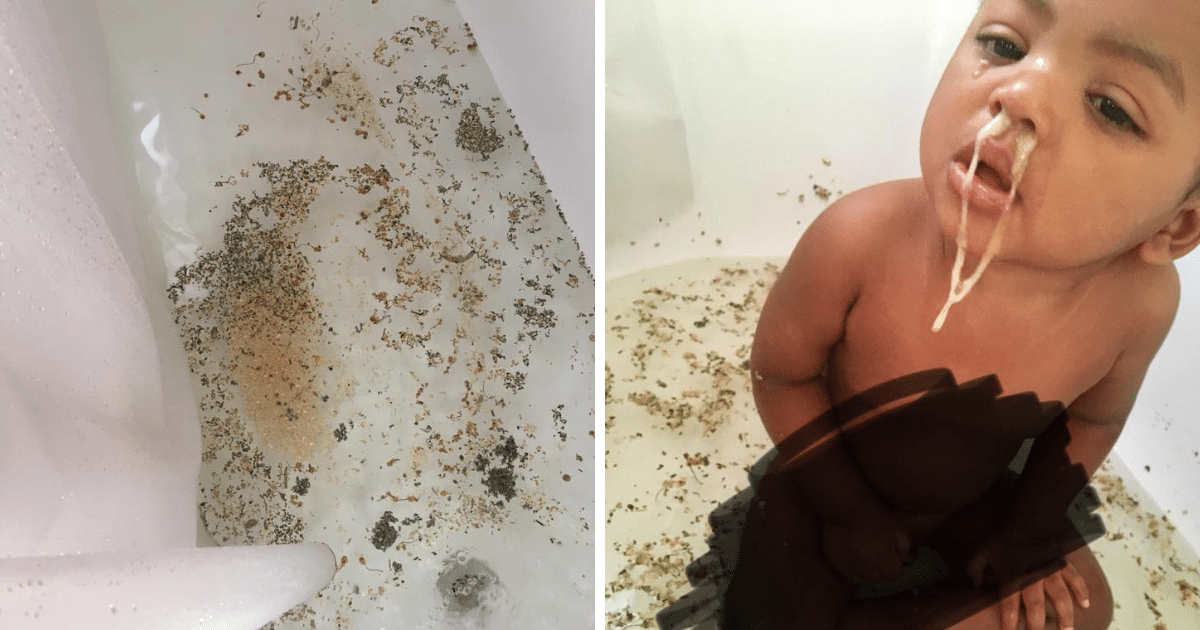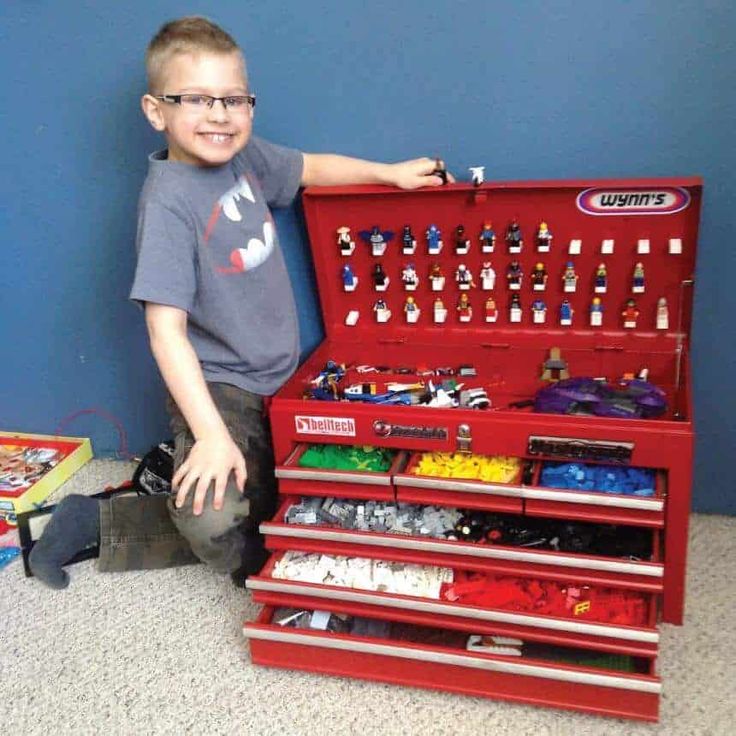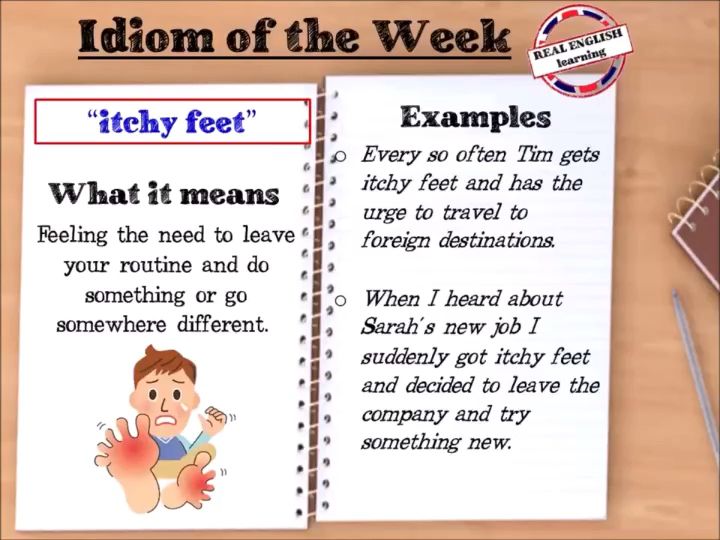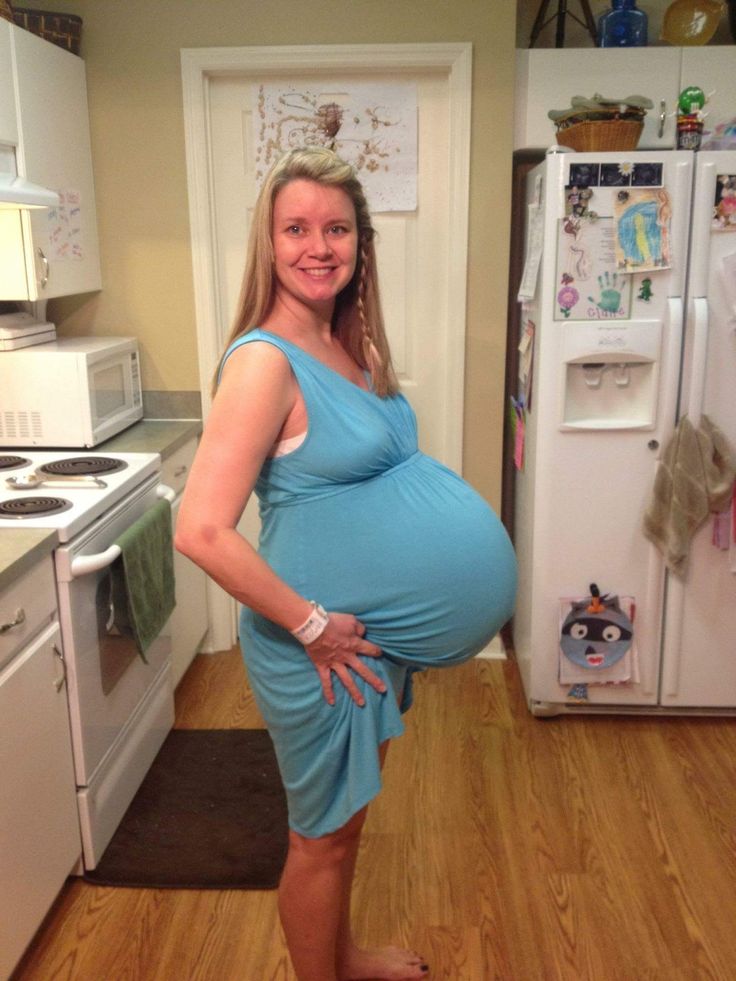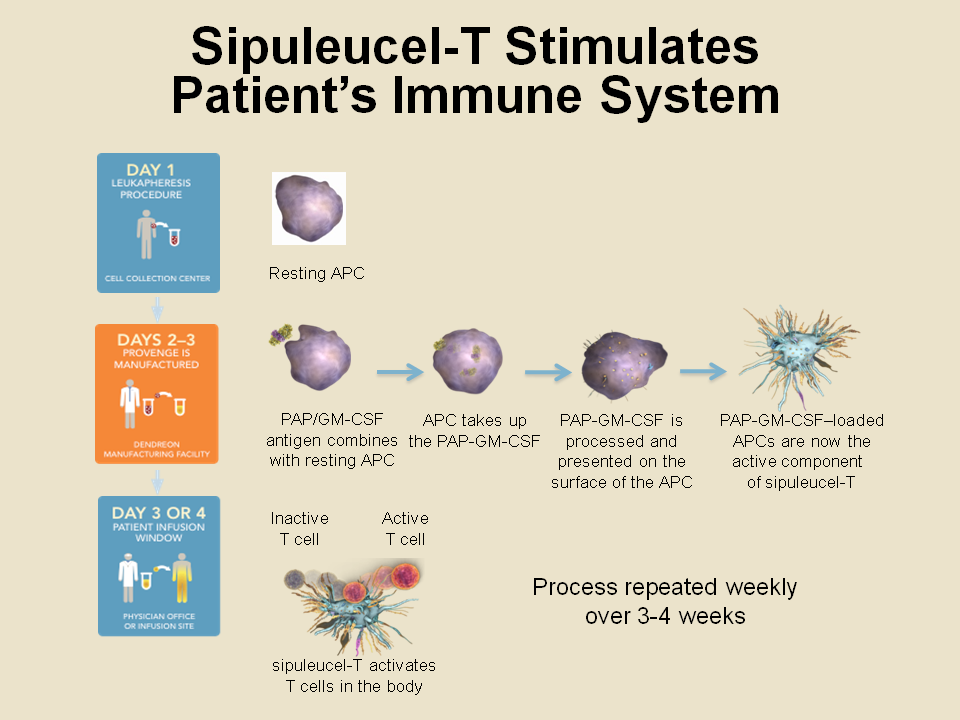Random throwing up in toddlers
Vomiting in children and babies
It's normal for babies and children to vomit occasionally. In most cases, it will last no longer than one to two days and isn't a sign of anything serious.
The most common cause of vomiting in children and babies is gastroenteritis. This is an infection of the gut usually caused by a virus or bacteria, which also causes diarrhoea. The symptoms can be unpleasant but your child will usually start to feel better after a few days.
However, persistent vomiting can sometimes cause your child to become severely dehydrated and occasionally it can be a sign of something more serious, such as meningitis.
This page outlines what to do if your child keeps vomiting and describes some of the common causes of vomiting in children and babies.
If your child has a high temperature, you can also read a separate page about fever in children.
What to do
If your child vomits, you should keep a close eye on them. Trust your instincts and contact your GP immediately if you're worried.
If the cause is just a tummy bug, your child should still be feeling well enough to eat, play and be their usual self. In this case, keep feeding them as normal and offer them regular drinks (see below).
But if they don't seem themself – for example, if they're floppy, irritable or less responsive – they may be seriously ill, so you should get medical help immediately.
When to get medical advice
You should contact your GP if:
- your child is repeatedly vomiting and is unable to hold down fluids
- you think they're dehydrated – symptoms of dehydration can include a dry mouth, crying without producing tears, urinating less or not wetting many nappies, and drowsiness
- their vomit is green or contains blood
- they have been vomiting for more than a day or two
Go to your nearest accident and emergency (A&E) department if your child is vomiting and develops sudden and severe tummy pain, or they're floppy, irritable or less responsive
Call 999 for an ambulance or go to your nearest A&E department immediately if they're vomiting and have a headache, stiff neck and a rash.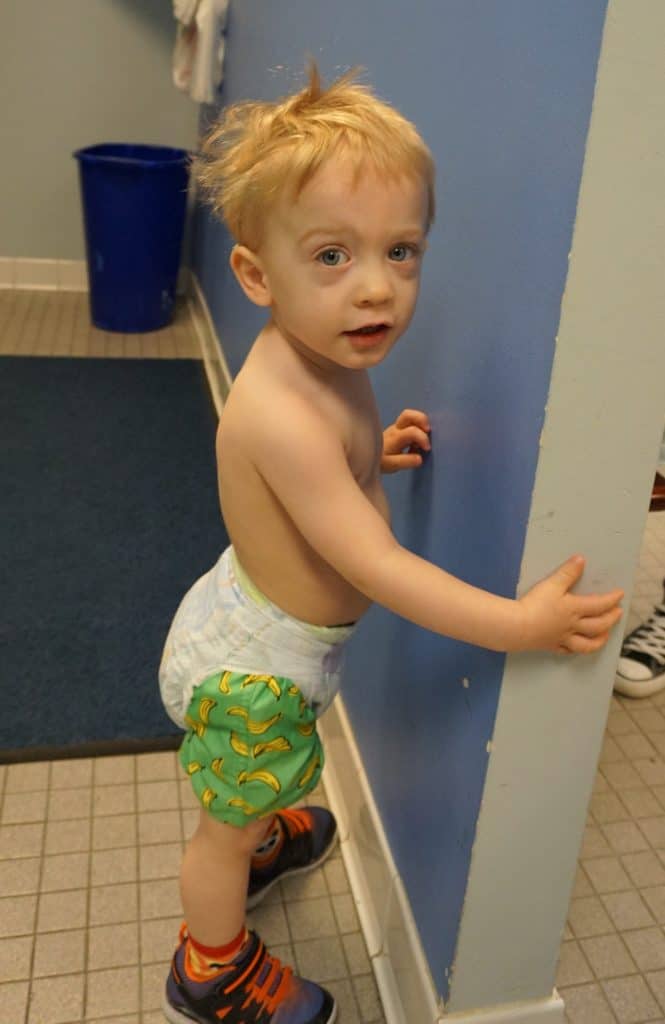
Looking after your child at home
In most cases, you can treat your child safely at home. The most important thing you can do is make sure they keep drinking fluids to prevent dehydration.
If your baby is vomiting, carry on breastfeeding or giving them milk feeds. If they seem dehydrated, they will need extra fluids. Ask your GP or pharmacist whether you should give your baby oral rehydration solution.
Oral rehydration solution is a special powder that you make into a drink. It contains sugar and salts to help replace the water and salts lost through vomiting and diarrhoea.
Children who are vomiting should keep taking small sips of clear fluid, such as water or clear broth. Fruit juice and fizzy drinks should be avoided until they're feeling better. If they're not dehydrated and haven't lost their appetite, it's fine for your child to eat solid foods as normal.
Again, speak to your GP or pharmacist if you're concerned about dehydration. They may recommend an oral rehydration solution for your child. Contact your GP or practice nurse if your child is unable to hold down oral rehydration solution.
Contact your GP or practice nurse if your child is unable to hold down oral rehydration solution.
If your child has diarrhoea and is vomiting, they shouldn't go to school or any other childcare facility until 48 hours after the last episode of diarrhoea or vomiting.
Read more about treating gastroenteritis in children.
Causes of vomiting in children
There are a number of possible causes of vomiting in children, which are described below.
Gastroenteritis
Gastroenteritis is an infection of the gut. It's a common cause of vomiting in children and usually lasts a few days.
Food allergy
Food allergies can cause vomiting in children, as well as other symptoms, such as a raised, red, itchy skin rash (urticaria) and swelling of the face, around the eyes, lips, tongue or the roof of the mouth.
Watch out for foods that may bring on vomiting and see your GP for a diagnosis if you think your child may have a food allergy.
Other infections
Vomiting can sometimes be a sign of an infection other than gastroenteritis, such as urinary tract infections (UTIs), middle ear infections, pneumonia or meningitis.
Contact your child's GP if they're vomiting and experiencing additional symptoms of an infection, such as a high temperature (fever) and irritability.
Appendicitis
Appendicitis is a painful swelling of the appendix, a finger-like pouch connected to the large intestine. It causes severe tummy pain that gets worse over time.
If your child has tummy pain that's gradually getting worse, contact your GP, or if they aren't open call NHS 24's 111 service immediately. You should call 999 for an ambulance if they have pain that gets worse quickly and spreads across their tummy.
In most cases of appendicitis, the appendix will need to be surgically removed as soon as possible.
Poison
Accidentally swallowing something poisonous can cause your child to vomit. If you think this is the case, contact your GP immediately or take your child to your nearest accident and emergency (A&E) department.
Causes of vomiting in babies
These include:
- gastroenteritis
- a food allergy or milk intolerance
- gastro-oesophageal reflux – where stomach contents escape back up the gullet
- too big a hole in the bottle teat, which causes your baby to swallow too much milk
- accidentally swallowing something poisonous
- congenital pyloric stenosis – a condition present at birth where the passage from the stomach to the bowel has narrowed, so food is unable to pass through easily; this causes projectile vomiting
- a strangulated hernia – your baby will vomit frequently and cry as if they are in a lot of pain; this should be treated as a medical emergency
- intussusception (where the bowel telescopes in on itself) – as well as vomiting, your baby may look pale, floppy and have symptoms of dehydration
Meningitis in children (ages one to five)
In this article
- What is meningitis?
- How can my child get meningitis?
- What are the symptoms of meningitis in toddlers and children?
- What does a meningitis rash look like?
- How is meningitis in children diagnosed?
- What is the treatment for meningitis in children?
- Can my child be protected against meningitis?
What is meningitis?
Meningitis is an infection of the membranes that protect the brain and spinal cord (meninges) (NHS 2016). It can affect anyone, but is particularly common in babies and young children (NICE 2016, Tidy 2017). Meningitis can develop rapidly, and can be very serious if not treated quickly (NICE 2016).
It can affect anyone, but is particularly common in babies and young children (NICE 2016, Tidy 2017). Meningitis can develop rapidly, and can be very serious if not treated quickly (NICE 2016).
There are two main types of meningitis:
Viral meningitis
This is the most common type of meningitis. There are an estimated 6,000 cases in the UK every year, although health experts think the number could be higher. This is because it's not always clear whether the meningitis is caused by a virus (MN 2017).
Common viruses that can cause viral meningitis include mumps, enterovirus (which usually causes a mild stomach upset), or herpes simplex (which usually causes cold sores) (NHS 2016).
Viral meningitis is normally relatively mild, can often be treated at home and will usually get better on its own within seven to 10 days (NHS 2016). However, it can be hard to tell the difference between viral meningitis and bacterial meningitis. And occasionally, viral meningitis can lead to complications.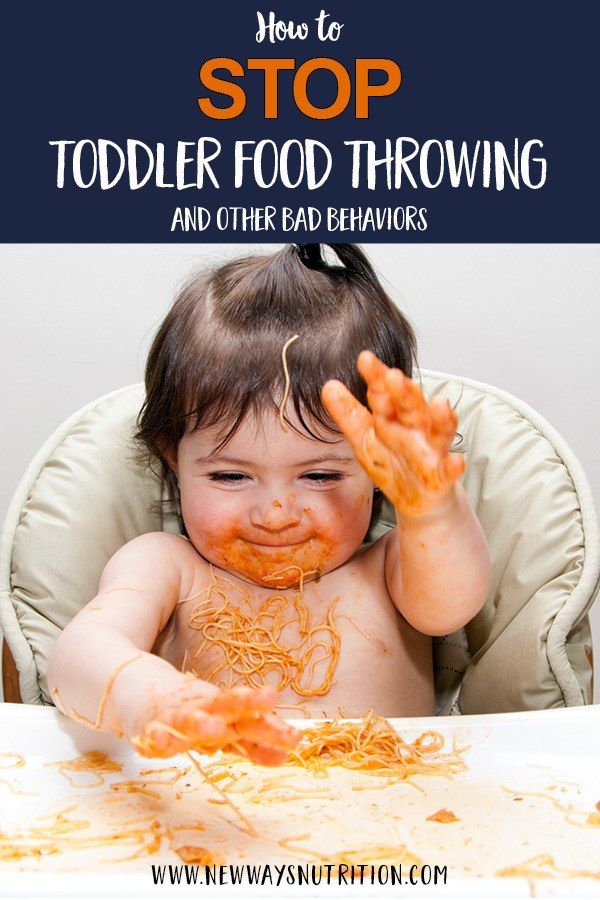 So it's always best to see your GP so they can confirm what it is and make sure your little one isn't at risk.
So it's always best to see your GP so they can confirm what it is and make sure your little one isn't at risk.
Bacterial meningitis
This is the more serious form of meningitis (NHS 2016). Fortunately, it's less common than viral meningitis, affecting about 3,200 people in the UK each year (Knott 2014). It's usually caused by bacteria such as meningococcal bacteria, pneumococcal bacteria, or haemophilus influenzae type b (Hib) bacteria (NHS 2016).
Bacterial meningitis can be life-threatening, or lead to serious disabilities, including deafness and brain damage (NHS 2016). If left untreated, it can also lead to blood poisoning, known as septicaemia (NHS 2016). The sooner it's treated, the lower the risk of complications. If you have any suspicion that your little one could have it, seek medical advice straight away.
How can my child get meningitis?
There are lots of viral and bacterial infections that can cause meningitis. However, many of these viruses and bacteria can be carried around in the nose or throat without any harm to the carrier (NHS 2016). The most common ways in which the infections can be passed on include:
However, many of these viruses and bacteria can be carried around in the nose or throat without any harm to the carrier (NHS 2016). The most common ways in which the infections can be passed on include:
- kissing
- sneezing or coughing
- sharing eating and drinking utensils, and other personal items, such as toothbrushes
(NHS 2016)
The best protection for your little one is to make sure they get all their vaccinations (NHS 2016). This will help protect them against several types of bacteria and viruses that cause meningitis (NHS 2016).
What are the symptoms of meningitis in toddlers and children?
Meningitis is hard to spot because symptoms can be easy to confuse with many other childhood illnesses. A child with meningitis may have some or all of the below symptoms, with or without a rash.
The early symptoms of viral and bacterial meningitis can also be very similar. This is why it's important to get medical help as soon as you notice any warning signs.
This is why it's important to get medical help as soon as you notice any warning signs.
Symptoms of meningitis may include:
- a rash that doesn't disappear when you press a glass on it (non-blanching rash)
- a fever above 38 degrees C
- feeling sick and vomiting
- being generally tired, irritable or confused
- a headache, or aching muscles and joints
- breathing faster than usual
- cold hands and feet, or pale, mottled skin
- a stiff neck
- a sudden dislike of bright lights
- not wanting to eat or drink
- a fit or seizure
(NHS 2016)
It's important to know that a child with meningitis may not show all these symptoms and that they can happen in any order (NHS 2016). Some of these symptoms are similar to other childhood illnesses, such as flu. But if you're worried about your little one, get medical help straight away. Don't wait (NHS 2016, Tidy 2017).
In particular, if your little one has a non-blanching rash or has any kind of fit or seizure, call 999 for an ambulance, or take them straight to A&E.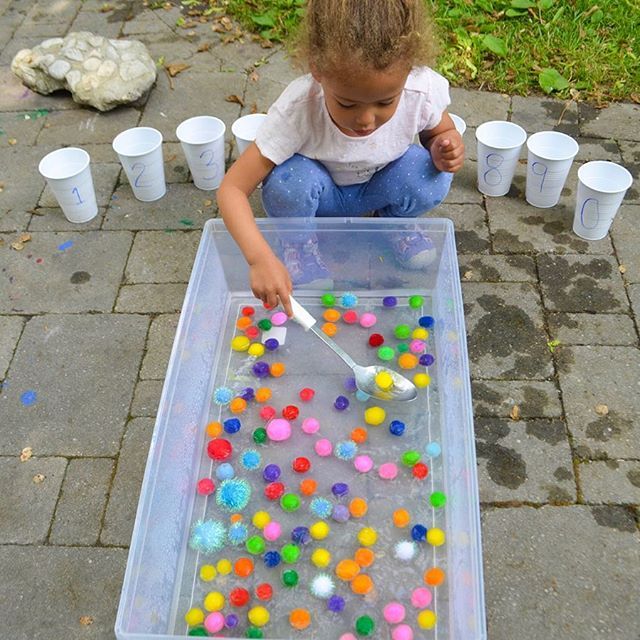
If your child is under the weather, and you're not sure whether it could be meningitis, see your GP or call 111 for further advice (NHS 2016) (in Wales call 0845 46 47, and in Northern Ireland call your local GP surgery to find your out-of-hours service).
What does a meningitis rash look like?
Although a rash is the best-known symptom of meningitis, it only usually appears if the illness has developed into septicaemia (NHS 2016, Tidy 2017). This is a type of blood poisoning that can be dangerous if not treated quickly. So if you see the rash, it's time to call for urgent help (Tidy 2017).
On white skin the meningitis rash usually starts out as small, red pinpricks, which can quickly spread into red or purple blotches (NHS 2016).
The rash can be harder to see on brown and black skin. Check lighter areas of your child's skin, such as:
- the palms of their hands
- the soles of their feet
- their tummy
- inside their eyelids
- the roof of their mouth
(NHS 2016)
You can use the glass test to check for a meningitis rash (NHS 2016).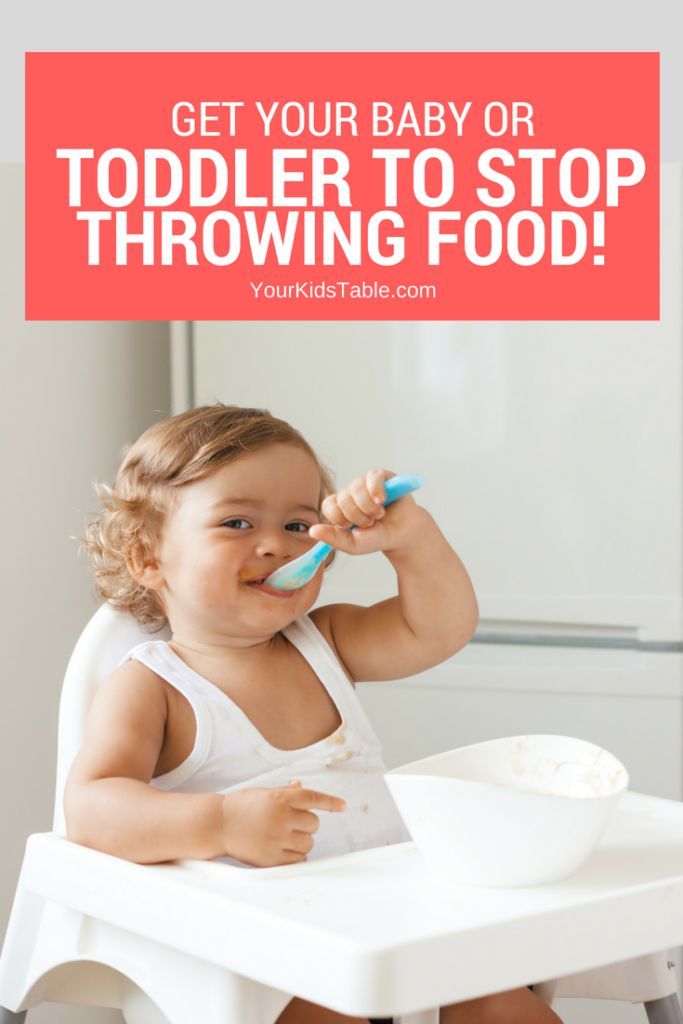 Press the side of a clear drinking glass onto the spots. If the rash doesn't fade while you're pressing on it (non-blanching rash), you should seek medical help straight away. Even if it does fade, it may develop into a non-blanching rash, so it's worth checking again later (NICE 2016), just in case.
Press the side of a clear drinking glass onto the spots. If the rash doesn't fade while you're pressing on it (non-blanching rash), you should seek medical help straight away. Even if it does fade, it may develop into a non-blanching rash, so it's worth checking again later (NICE 2016), just in case.
If your child doesn't have a rash, but you're worried about their symptoms, keep checking on them regularly. Even if no rash develops, but your child's condition is deteriorating rapidly, call 999 for an ambulance or take them straight to A&E (NHS 2016).
How is meningitis in children diagnosed?
If you suspect that your child could have meningitis, seek medical advice straight away. And if they're very poorly, or quickly getting worse, call 999 or take them straight to hospital.
If your doctor thinks that they could have bacterial meningitis based on their symptoms, they'll probably start treating your child straight away (NHS 2016).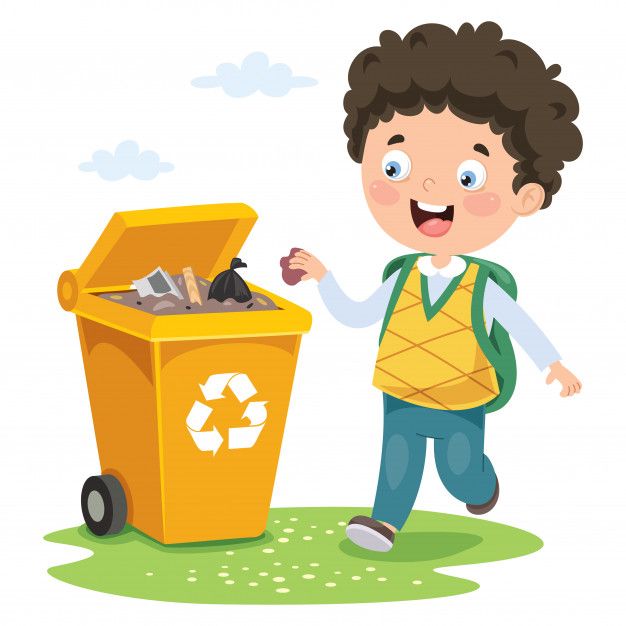 This is because the illness can progress quickly.
This is because the illness can progress quickly.
While your child is being treated, your doctor may offer one or more tests to check if it's meningitis:
- A blood test to check for bacteria or viruses.
- A lumbar puncture – this involves taking a sample of your child's spinal fluid via a small needle inserted into their back. The fluid can then be tested for bacteria and viruses.
- A CT scan (CAT scan), which is a type of x-ray to check their brain for any problems, such as swelling.
(NHS 2016)
It may be upsetting to see your child going through these tests, but they will help your doctor to make an accurate diagnosis and give your little one the best treatment.
What is the treatment for meningitis in children?
Your child's treatment will depend on what type of meningitis they have:
Viral meningitis
Viral meningitis doesn't respond to antibiotics, so your child will just need rest and care while their immune system fights off the virus.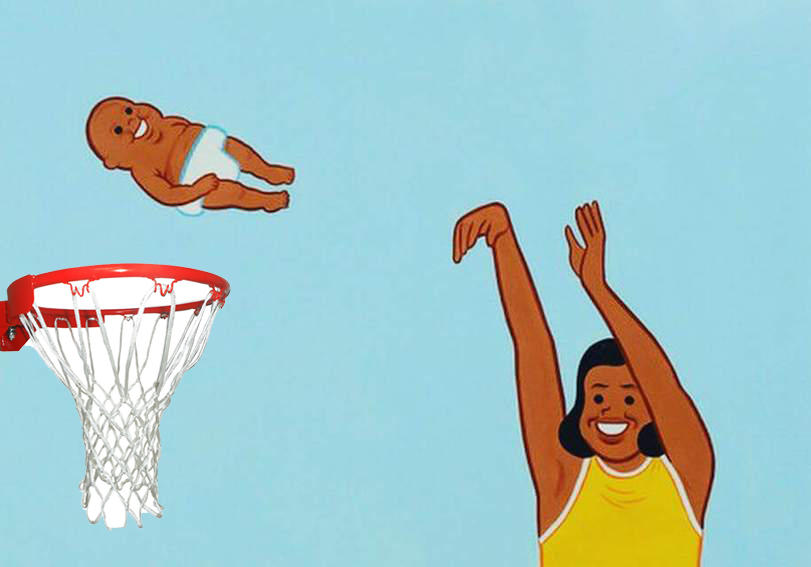
Sometimes, your child may already be in hospital having antibiotic treatment when the tests come back to say that they have viral meningitis. If this is the case, your doctor will stop the treatment (NHS 2016).
Encourage your child to get plenty of rest while they recover, and offer infant paracetamol or ibuprofen if they're in any pain. They should get better within about seven to 10 days (NHS 2016).
Although viral meningitis doesn't usually cause any problems, if your little one's symptoms seem to be getting worse, seek medical advice straight away, to be on the safe side.
Bacterial meningitis
Bacterial meningitis does respond to antibiotics, and needs immediate treatment in hospital (NHS 2016, NICE 2016). Your little one will have antibiotics through a drip in their arm (intravenous) (NHS 2016). Your doctor may also recommend:
- fluids through a drip in their arm to stop them getting dehydrated
- oxygen through a face mask if they're having any trouble breathing
- steroid medication to reduce any swelling around their brain
(NHS 2016)
They'll probably need to stay in hospital for at least a few days, while they get the treatment they need (NHS 2016).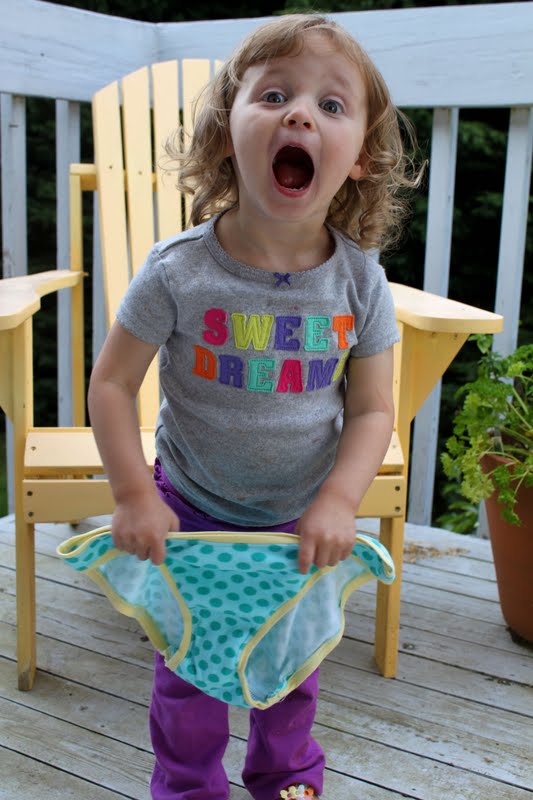
Sadly, about one in 10 cases of bacterial meningitis are fatal, which is why it's so important to get treatment quickly. Of the remaining cases, up to half may experience complications, including hearing or vision loss, mental problems and loss of limbs (NHS 2016). These can be devastating, but there's lots of support available to help you and your family adjust.
If you're worried about the complications of meningitis, you can contact the charities Meningitis Research Foundation or Meningitis Now for support.
Can my child be protected against meningitis?
There are lots of different bacteria and viruses that can cause meningitis, so your little one needs several different vaccinations to help protect them (NHS 2016). The following routine vaccinations all help to protect your child from germs that can cause meningitis:
- DTaP/IPV/Hib/Hep B vaccine: a combined vaccination offered at two, three and four months to protect against diptheria, tetanus, whooping cough, hepatitis B, polio and Haemophilus influenzae type b (Hib).
 Hib is one of the types of bacteria that can cause meningitis.
Hib is one of the types of bacteria that can cause meningitis. - Meningitis B: offered at two and four months, plus a booster at one year. Protects against meningococcal group B bacteria.
- Pneumococcal (PCV): offered at two months, four months and one year old to protect against pneumococcal bacteria.
- Hib/Meningitis C: a combined vaccination offered at one year old to protect against haemophilus influenzae type B (Hib) and meningococcal group C bacteria, which can both cause meningitis.
- MMR: offered at one year and three years and four months. Protects against measles, mumps and rubella, which can all cause meningitis.
(NHS 2016)
Thanks to these vaccinations, serious cases of meningitis have dropped dramatically in the UK. For example, in just one year after the introduction of the meningitis B vaccine, cases of meningitis B in young babies decreased by half (PHE 2016). So taking up all your child's routine vaccinations is the best way to protect them.
If you think your little one may have missed any of their vaccinations, get in touch with your GP. It's never too late for your child to have them and benefit from the protection they offer.
Learn more about which vaccinations your baby will be offered and when.
References
Knott L. 2014. Meningitis. Patient, Paediatrics. patient.info [Accessed September 2018]
MN. 2017. Viral meningitis, the facts. Meningitis Now, fact sheet. www.meningitisnow.org [Accessed September 2018]
NHS. 2016. Meningitis. NHS Choices, Health A - Z. www.nhs.uk [Accessed July 2018]
NICE. 2016. Meningitis – bacterial meningitis and meningococcal disease. National Institute for Health and Care Excellence, Clinical Knowledge Summaries. cks.nice.org.uk [Accessed July 2018]
PHE. 2016. Vaccine cuts cases of meningitis and septicaemia in UK infants. Public Health England, Press release. www.gov.uk [Accessed July 2018]
Tidy C.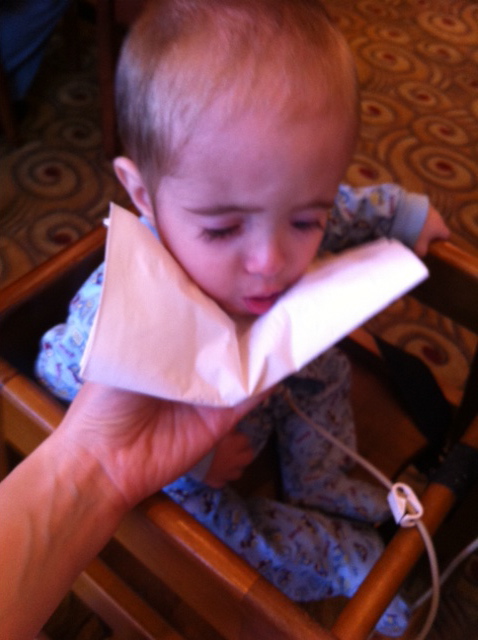 2017. Meningitis. Patient, Child Health. patient.info [Accessed July 2018]
2017. Meningitis. Patient, Child Health. patient.info [Accessed July 2018]
Show references Hide references
causes and first aid for a child
We treat children according to the principles of evidence-based medicine: we choose only those diagnostic and treatment methods that have proven their effectiveness. We will never prescribe unnecessary examinations and medicines!
Make an appointment via WhatsApp
Prices Doctors
The first children's clinic of evidence-based medicine in Moscow
No unnecessary examinations and medicines! We will prescribe only what has proven effective and will help your child.
Treatment according to world standards
We treat children with the same quality as in the best medical centers in the world.
The best team of doctors in Fantasy!
Pediatricians and subspecialists Fantasy - highly experienced doctors, members of professional societies. Doctors constantly improve their qualifications, undergo internships abroad.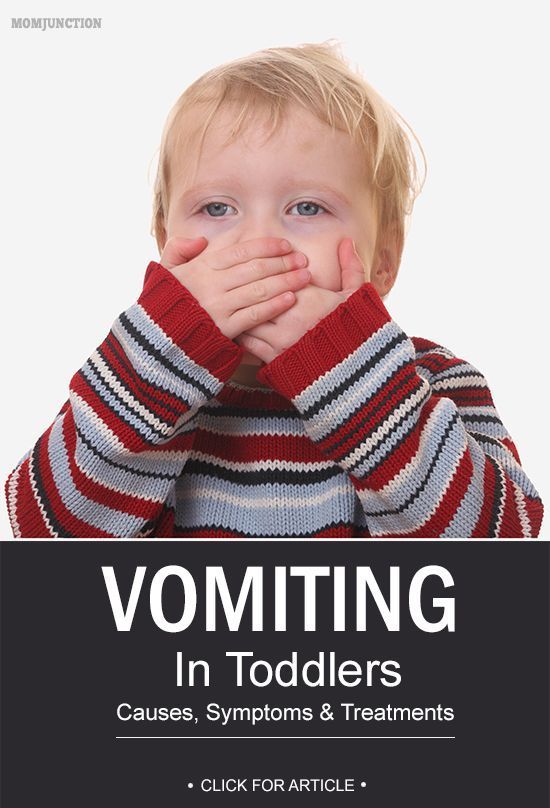
Ultimate treatment safety
We made pediatric medicine safe! All our staff work according to the most stringent international standards JCI
We have fun, like visiting best friends
Game room, cheerful animator, gifts after the reception. We try to make friends with the child and do everything to make the little patient feel comfortable with us.
You can make an appointment by calling or by filling out the form on the website
Other services of the section "Pediatric gastroenterology"
- Consultation of a pediatric gastroenterologist
Frequent calls
- Gastritis in children
- GERD (Gastroesophageal reflux disease) in children
- Duodenitis in children
- Pancreatitis in children
- Irritable bowel syndrome in children nine0034
- Regurgitation in newborns
- Helicobacter pylori infection in children
- Hepatitis in children
- Diarrhea in children
- Constipation in a child
- Cholecystitis in children
- Cholelithiasis nine0034
- Peptic ulcer of the stomach and duodenum
- Abdominal pain in children
Online payment
Documents online
Online services
- nine0034
how to protect yourself and not catch it, prevention of gastroenteritis in children, what to do if you get infected
I heard a legend that children at sea become infected with rotavirus - either from each other, or because of those who go into the water to the toilet, then or in general because of a faulty sewerage system in the city.
It seems to me that children at sea just eat randomly or eat in cafes with dubious sterility - that's why they vomit. How about really? nine0003
Daniil Davydov
medical journalist
Author profile
The most common cause of vomiting in children is viral gastroenteritis, which is often associated with rotaviruses. But there is no data on how often children become infected with rotavirus infection at sea.
At the same time, the probability of catching an infection from another child through unwashed fruits or stale food is much higher than when swimming in the sea.
Go see a doctor
Our articles are written with love for evidence-based medicine. We refer to authoritative sources and go to doctors with a good reputation for comments. But remember: the responsibility for your health lies with you and your doctor. We don't write prescriptions, we make recommendations. Relying on our point of view or not is up to you. nine0003
nine0003
Why children can feel sick at sea
Vomiting is a universal protective reflex that allows you to quickly clear the stomach. Its task is to prevent a person from being poisoned, so many signals trigger vomiting - from irritation of nerve endings in the mouth, throat, stomach and intestines to psychogenic stimuli like an unpleasant odor that comes from potentially spoiled food.
Mechanisms of nausea and vomiting: current knowledge - International Journal of Molecular Sciences
Vomiting in children - Health Navigator, a non-profit New Zealand health portal
Children usually have a hard time understanding which foods are dangerous and which are not. Therefore, evolution has adjusted the vomiting-inducing mechanisms so that in a young person they work at the first suspicion of danger. The older a person becomes, the more selectively the mechanisms that trigger this process work. This means that a variety of stimuli can cause nausea in children, to which adults are usually not sensitive - from stress due to a flight, motion sickness in a car and overheating on the beach to unusual food or overeating.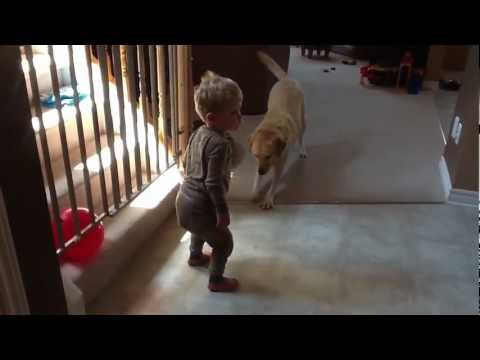 nine0003
nine0003
But immediately after an episode of “accidental” vomiting that cleans the stomach, the child gets better. As a result, parents do not go to the doctor, and these cases do not fall into medical statistics. It is possible to find out the cause and calculate the frequency only of those cases of children's vomiting that have been repeated several times for at least three to five days.
Recurrent vomiting in children is usually associated with gastroenteritis, an inflammation of the lining of the stomach and small intestine. It is most commonly caused by rotaviruses and noroviruses. Other causes of infection, such as bacteria or parasites, are less common. nine0003
What is Gastroenteritis - Medical Handbook MSD
The Most Common Cause of Nausea and Vomiting in Children Is Associated with Viral Gastroenteritis - MSD
There are various infectious agents that children pick up under similar circumstances - until the illness is in full force associated symptoms will be very similar. Therefore, we do not have reliable data on how often children get sick with viral gastroenteritis at sea.
Therefore, we do not have reliable data on how often children get sick with viral gastroenteritis at sea.
But it can be assumed that children at sea do not become infected with rotavirus infection more often - and possibly less often - than during life in the city. After all, Russians go on vacation mostly in the summer, and the peak incidence of rotavirus infection occurs in the driest and coldest months, that is, in winter. nine0003
How viral gastroenteritis spreads - US Department of Health and Human Services
Most likely, this pattern is associated with the characteristics of the spread of infection. The pathogens that cause gastroenteritis are most often transmitted by the fecal-oral route - with the smallest particles of feces and vomit that remain on the hands and things surrounding a sick person. Therefore, outbreaks most often occur in places where children spend a lot of time and communicate closely with each other - in kindergartens and schools, which most attend during the school year. nine0003
nine0003
Rotavirus Fact Sheet - European Center for Disease Prevention and Control
Combating Viral Gastroenteritis Outbreaks in Kindergartens and Schools - NSW Department of Health in Australia
However, there are conditions for the spread of gastroenteritis at sea. The child is at risk of becoming infected:
- playing on the beach with a sick child;
- by touching a beach towel, doorknob, faucet or light switch in a public beach toilet that the patient has touched; nine0034
- eating unwashed fruit contaminated with virus particles from the hands of infected movers or traders;
- eating food that has been out of the refrigerator for more than a couple of hours - during this time, pathogenic bacteria can breed in it.
So if a child falls ill while on vacation, this will not be surprising.
/list/kindergarten-illnesses/
14 Kindergartener Diseases: How to get infected and how to protect your child0105
Although virus particles can survive in salt and fresh water for more than two months, the risk of infection from swimming in the sea is low.
As a rule, both adults and children become ill due to infected bathers only in bodies of water with stagnant, stagnant water - for example, if they bathe in a city pond.
If even a small amount of virus particles gets into a stagnant body of water with faeces, they will not go anywhere. Moreover, the more bathers, the higher the risk that one of them will bring the virus into the water. Therefore, open urban water bodies, in which many people bathe, are really safer to avoid. nine0003
/list/pond-diseases/
9 diseases that can be contracted by swimming in a pond
But if feces with viral particles enter a river, lake or sea, they will quickly be carried away by a current or wave. Therefore, the probability of getting sick after swimming in the sea, where a person with a viral infection has previously been, is very small.
In theory, people can still get viral infections through sea water. But only if a lot of insufficiently well-treated sewage from the city sewer gets into it.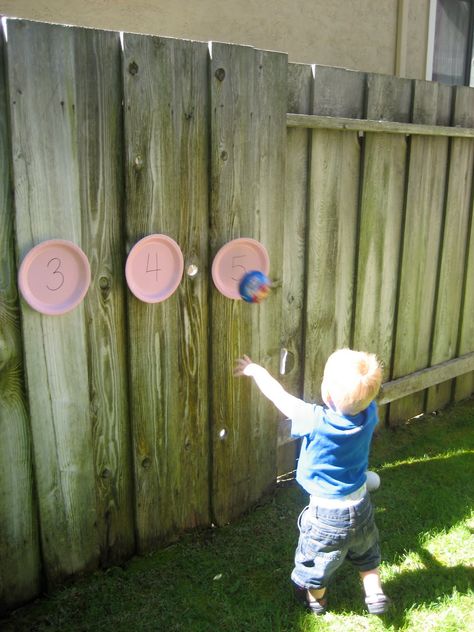 This can happen as a result of an accident or due to heavy rain. Heavy rains increase the load on wastewater treatment plants. As a result, the quality of sewage water treatment drops - and more pathogens than usual can enter the sea. nine0003
This can happen as a result of an accident or due to heavy rain. Heavy rains increase the load on wastewater treatment plants. As a result, the quality of sewage water treatment drops - and more pathogens than usual can enter the sea. nine0003
Effects of precipitation on wastewater treatment processes - University of South FloridaPDF, 1.7 MB
But such events are still rare. Even if this does happen during your holiday, there is little chance that the child will end up in sea water just as the sewer waters spill there. And if it enters the water a few hours later, most of the viruses that could be in the sewer water will already be carried away by the wave.
What to do if you suspect your child has gastroenteritis
Adults usually recover from gastroenteritis without treatment in 1-3 days. All that is needed for this is to drink clean water, eat small portions and rest. As a rule, medical attention is required only if diarrhea and vomiting do not go away within three days.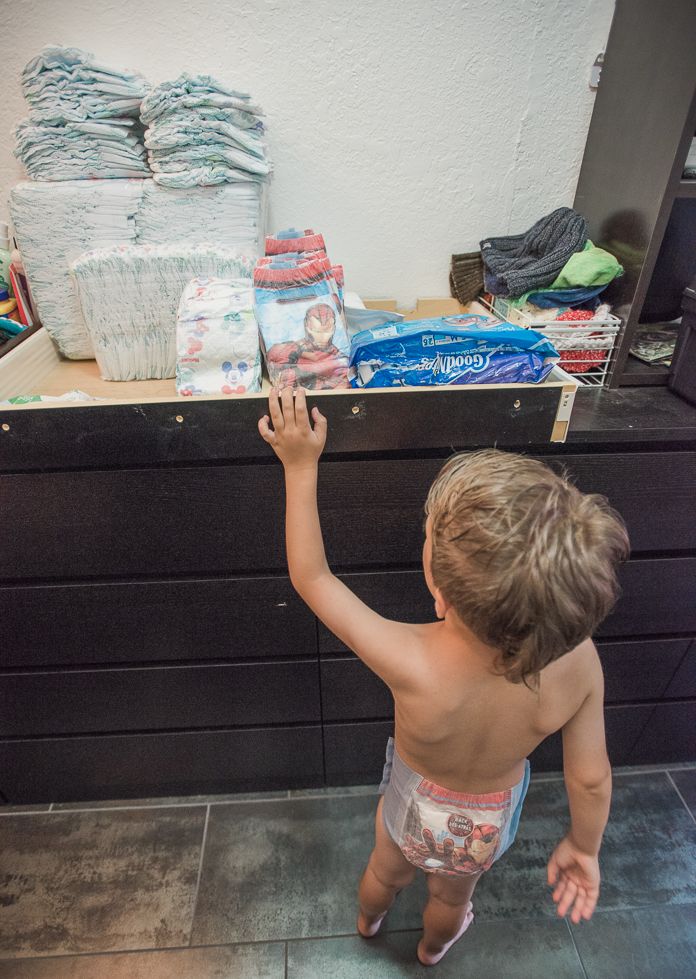
How to treat gastroenteritis in adults - Uptodate
But in children, the same disease can lead to dehydration very quickly - regardless of what pathogen caused it. If you suspect that your child has gastroenteritis, see a doctor as soon as possible. nine0003
In some cases, the child vomits so often and the diarrhea is so severe that dehydration develops rapidly. In this situation, the child seems lethargic and sleepy, his skin and mucous membranes look drier than usual. The skin may become cool, and some children may experience seizures.
In this situation, an ambulance should be called immediately. While the ambulance is on the way, give your child an oral rehydration drink. From birth, children can be given "Adiarin", and from the age of three - "Rehydron bio". nine0003
Community 02/08/22
What should I do if the ambulance does not come to the call?
Plain water won't work because it doesn't replace calories and salts, and homemade rehydration solutions can do more harm than good.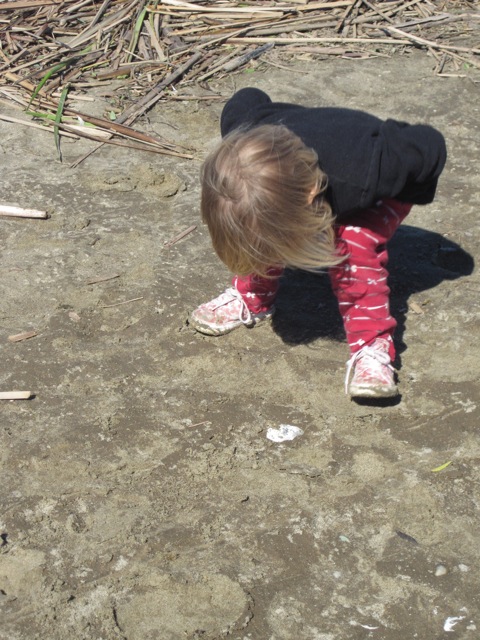 If a child refuses to drink diluted powders, the loss of fluid can be replenished with diluted juices, compotes and weak tea.
If a child refuses to drink diluted powders, the loss of fluid can be replenished with diluted juices, compotes and weak tea.
How to reduce the risk of catching gastroenteritis while relaxing at sea
Rules of personal hygiene and safe handling of food will help protect against infection.
Wash your hands under running water and soap. To remove pathogens from the palms, both adults and children need to wash their hands after the street, playing on the beach and the toilet, before eating and preparing food.
Buy only safe food. nine0202 Products must look fresh and their packaging must not be damaged. This is especially true for cooked or frozen food: pathogens could get on the food surface through holes in the packaging.
/list/baby-first-aid-kit/
How to fill a baby first aid kit
Always wash vegetables, fruits and greens. We do not heat these products. Therefore, the only way to get rid of pathogens that may be on them is to wash them off under running water.
Store food in the refrigerator. In salads dressed with fatty sauces, prepared meats and sweet foods at room temperature, pathogenic bacteria multiply in about two hours. And in the heat, that is, at temperatures above +30 °C, their number can reach a dangerous level in just an hour.
However, at a temperature of +4 ° C, bacteria multiply slowly, and in the freezer they stop doing this at all. Therefore, food from the refrigerator is always safer. We wrote in detail about the optimal storage conditions for different types of food in the article "How to Store Food in the Refrigerator Properly". nine0003
Food Safety Fundamentals - US Government Official Website
If you want to take prepared food to the beach with you, put it in an insulated bag. If there is none, you should not take ready meals with you. And so that pathogens from meat do not get on vegetables and fish, keep them on different shelves of the refrigerator.
If there is none, you should not take ready meals with you. And so that pathogens from meat do not get on vegetables and fish, keep them on different shelves of the refrigerator.
Get your child vaccinated against rotavirus. It takes three doses of RotaTeq vaccine to get immunity. The first is administered to infants aged 6 to 12 weeks, and the subsequent ones are administered at intervals of 4 to 10 weeks. All three vaccinations must be completed by 32 weeks of age. nine0193 If you are late with vaccination, you will no longer be able to get vaccinated.
Instructions for the RotaTeq vaccine - State Register of Medicines
It is important to keep in mind that the RotaTeq vaccine:
- is effective only against rotavirus. For other pathogens that cause gastroenteritis, it will not help.
- Works only up to 5 years, and then the immunity disappears.
In some regions of Russia, for example, in Moscow, the rotavirus vaccine is included in the regional vaccination schedule, so it will be given free of charge.